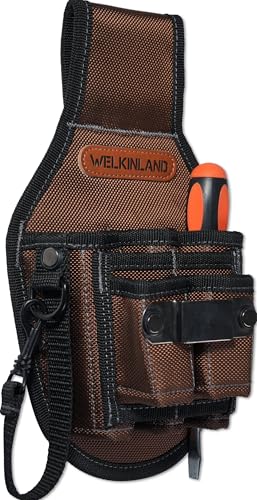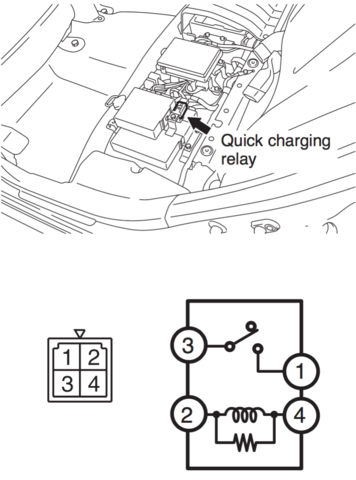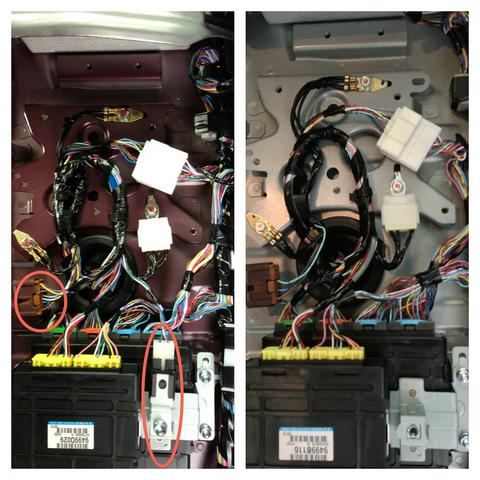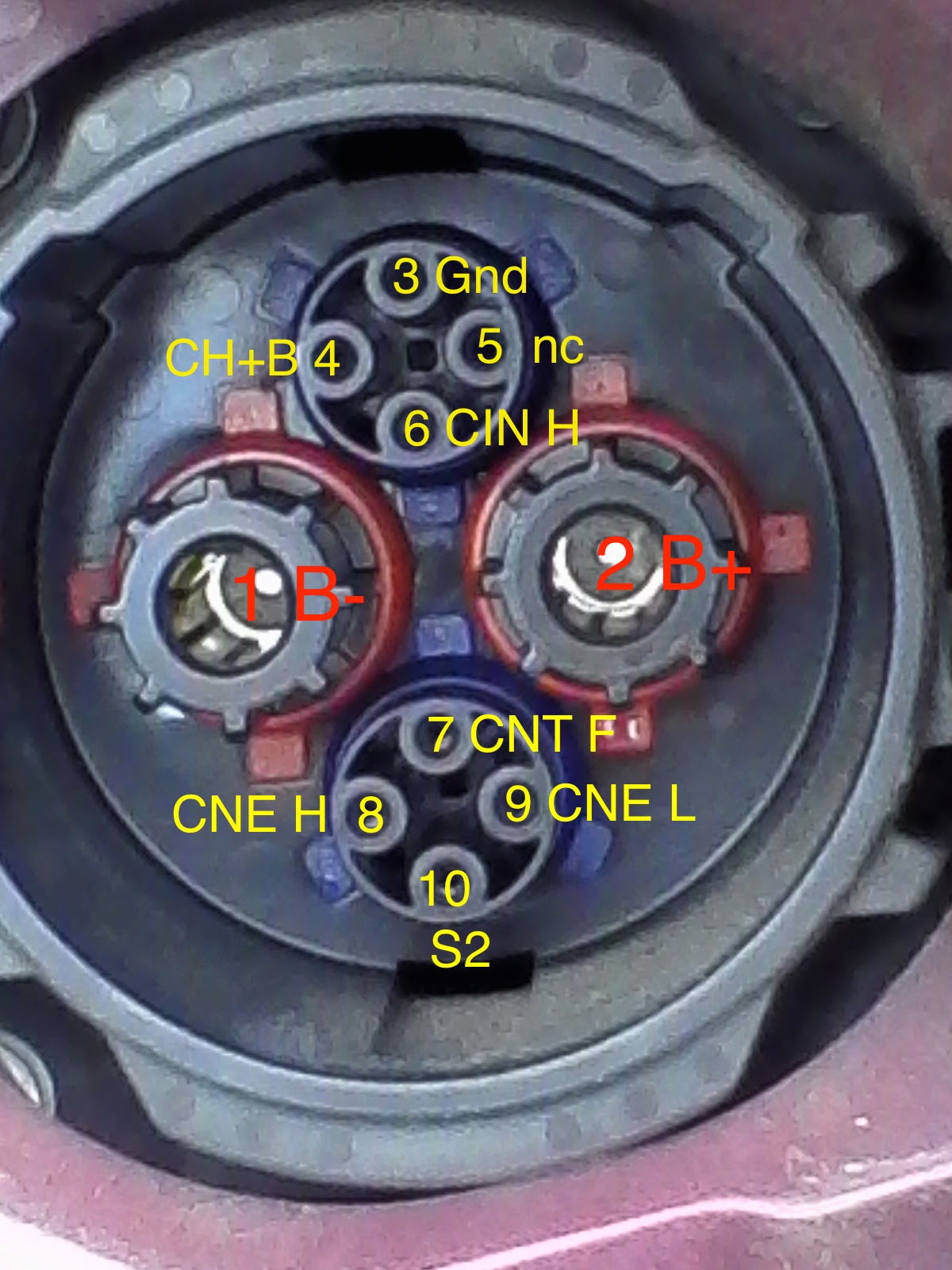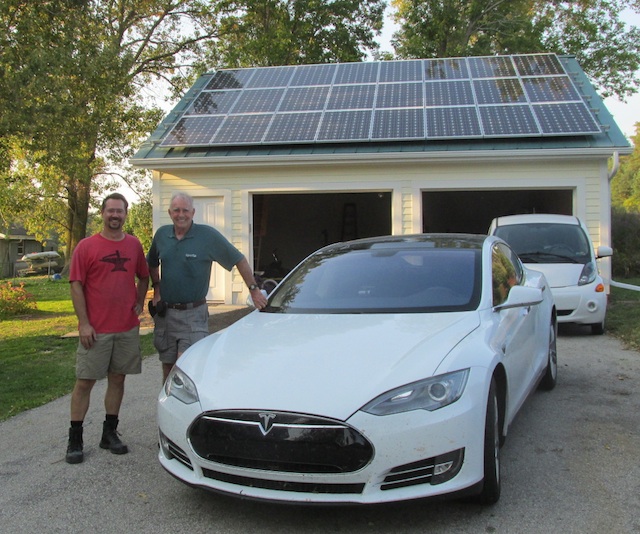BACKGROUND
Even though this topic started out as a direct-dc charging thread, the first step of this puzzle is to access the i-MiEV's high voltage (easiest/safest being through the CHAdeMO connector) and then enable the relay which connects the i-MiEV battery HV to this port. Just did that, and thank you siai47 for your groundbreaking work and kiev for the follow-up details.
Now, having access to this high voltage, here's what we can do with it -
1)
Use a high voltage external charger to directly charge the i-MiEV. This allows us to charge our i-MiEV at home at a rate much faster than using the i-MiEV's built-in 3.3kW charger. This is what this thread started out being, with siai47 successfully demonstrating this.
2)
Use this high voltage to feed an inverter to produce 240vac/120vac - this is what Ben is now attempting utilizing a solar inverter
3)
Use solar panels directly to charge the i-MiEV battery (through a regulator)
4)
Utilize external power sources to extend the range of the i-MiEV (e.g., batteries through a dc-dc or a gen set with a controlled dc hv output).
CAUTION: It goes without saying that we're dealing with
high voltages which can deliver very
high currents. This a a lethal combination and
will kill you. Do not mess with this unless you know exactly what you're doing and taking adequate protective measures.
--------------------------------------------------------------------------------------------------------------
All right, with that out of the way, let's focus on Ben's project - that of utilizing the i-MiEV's high voltage to feed an inverter to provide 240vac/120vac backup power.
First questions for Ben as I'm trying to remember our discussions:
1) Does your solar inverter have a stand-alone operation capability in addition to being grid-tied?
2) Does this inverter have any input-current-limiting capability, recognizing that the i-MiEV battery can produce hundreds of amps?
--------------------------------------------------------------------------------------------------------------
As an aside, this topic is allied to previous attempts to make a range extender for the i-MiEV as well as direct solar charging. For example, check out this thread on the Australian i-MiEV forum:
http://forums.aeva.asn.au/viewtopic.php?f=49&t=4383&p=58467
The solar charging topic kiev is referring to is -
http://myimiev.com/forum/viewtopic.php?f=24&t=3673
Edit: I just noticed that Ben is tackling this area as well:
http://myimiev.com/forum/viewtopic.php?f=9&t=2917&start=190#p35098















